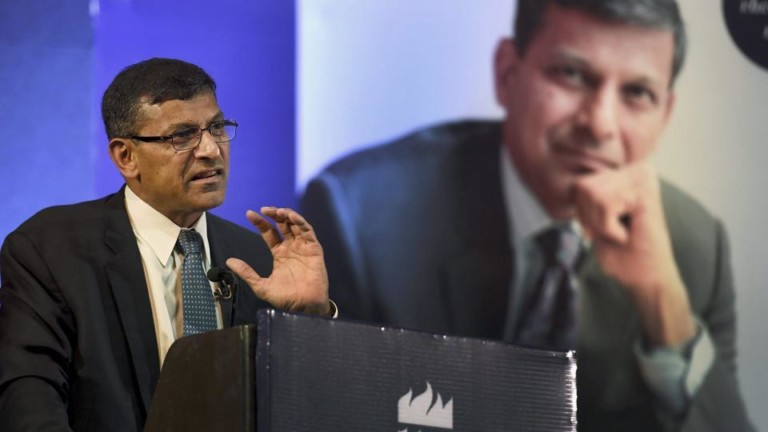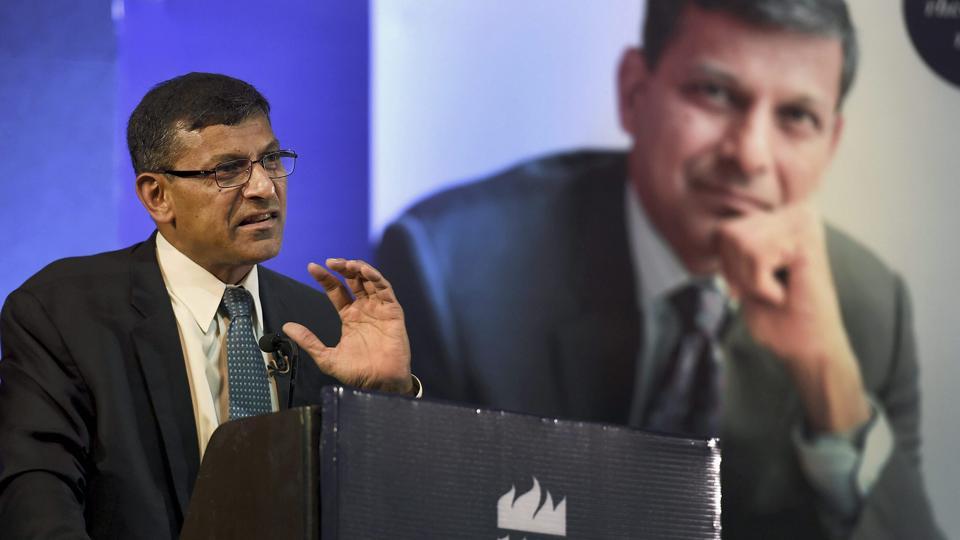 WASHINGTON: Excessive centralization of power in the political decision making is one of India’s main problems, former RBI Governor Raghuram Rajan has said, as he highlighted the recent unveiling of the ‘Statue of Unity’ as an example of the project that required the approval of the Prime Minister’s Office.
WASHINGTON: Excessive centralization of power in the political decision making is one of India’s main problems, former RBI Governor Raghuram Rajan has said, as he highlighted the recent unveiling of the ‘Statue of Unity’ as an example of the project that required the approval of the Prime Minister’s Office.
Speaking at the University of California in Berkley, Rajan said part of the problem in India was that there is an excessive centralization of power in the political decision making.
On the 143rd birth anniversary of Sardar Vallabhbhai Patel, Prime Minister Narendra Modi unveiled the ‘Statue of Unity’ in Gujarat’s Narmada district on October 31.
Touted to be the tallest statue in the world, the 182-metre tall statue was built at a cost of Rs 2,989 crore. The concrete and brass-clad statue is the quickest to be completed in 33 months.
“India can’t work from the Center. India works when you have many people taking up the burden. And today the central government is excessively centralized,” he said.
Rajan said an example of this was the quantum of decisions that required the assent of the Prime Minister’s Office. Nobody wants to take a decision, unless it has approval up there, which means even if the Prime Minister works 18 hours a day, a very hard-working prime minister, there is only so much time he has, Rajan said.
The kind of project that gets done depends on the Prime Minister, he said. “For example, we build this massive statue, the Sardar Patel statue on time,” Rajan said amidst laughter and applause from the audience. “That suggests that when there is a will there is a way. Can we find that will for everything else?” he asked.
In addition to excessive centralization, the unwillingness of the bureaucracy, including in the public sector to take initiatives, is another major problem, he said.
Rajan said ever since the corruption scandals hit India, the bureaucracy had stepped back.
Demonetization, GST
Rajan said demonetization and the Goods and Services Tax (GST) are the two major headwinds that held back India’s economic growth last year.
“The two successive shocks of demonetization and the GST had a serious impact on growth in India. Growth has fallen off interestingly at a time when growth in the global economy has been peaking up,” he said. delivering the second Bhattacharya Lectureship on the Future of India.
A growth rate of seven per cent per year for 25 years is “very very strong” growth, but in some sense this has become the new Hindu rate of growth, which earlier used to be three-and-a-half per cent, Rajan said.
“The reality is that seven is not enough for the kind of people coming into the labor market and we need jobs for them. So, we need more and cannot be satisfied at this level,” he said.
Observing that India is sensitive to global growth, he said India has become a much more open economy, and if the world grows, it also grows more.
“What happened in 2017 is that even as the world picked up, India went down. That reflects the fact that these blows (demonetization and GST) have really really been hard blows…Because of these headwinds we have been held back, he said.
While India’s growth is picking up again, there is the issue of oil prices, the economist noted referring to the huge reliance of India on import of oil for its energy needs.
With the oil prices going up, Rajan said things are going to be little tougher for the Indian economy, even though the country is recovering from the headwinds of demonetization and initial hurdles in the implementation of the GST.
Commenting on the rising Non-Performing Assets (NPA), he said the best thing to do in such a situation is to “clean up”.
It is essential to “deal up with the bad stuff”, so that with clean balance sheets, banks can be put back on the track. “It has taken India far long to clean up the banks, partly because the system did not have instruments to deal with bad debts,” Rajan said.
The bankruptcy code, he asserted, cannot be the only way to clean up the banks. It is the only one element of the larger cleanup plan, he said and called for a multi-prong approach to address the challenge of NPAs in India.
India, he asserted, is capable of a strong growth. As such the seven per cent growth is now being taken granted.
“If we go below seven per cent, then we must be doing something wrong,” he said adding that that is the base on which India has to grow at least for next 10-15 years.
India, he said, needs to create one million jobs a month for the people joining the labor force. PTI







